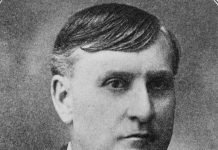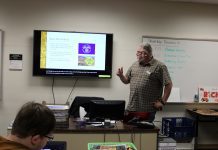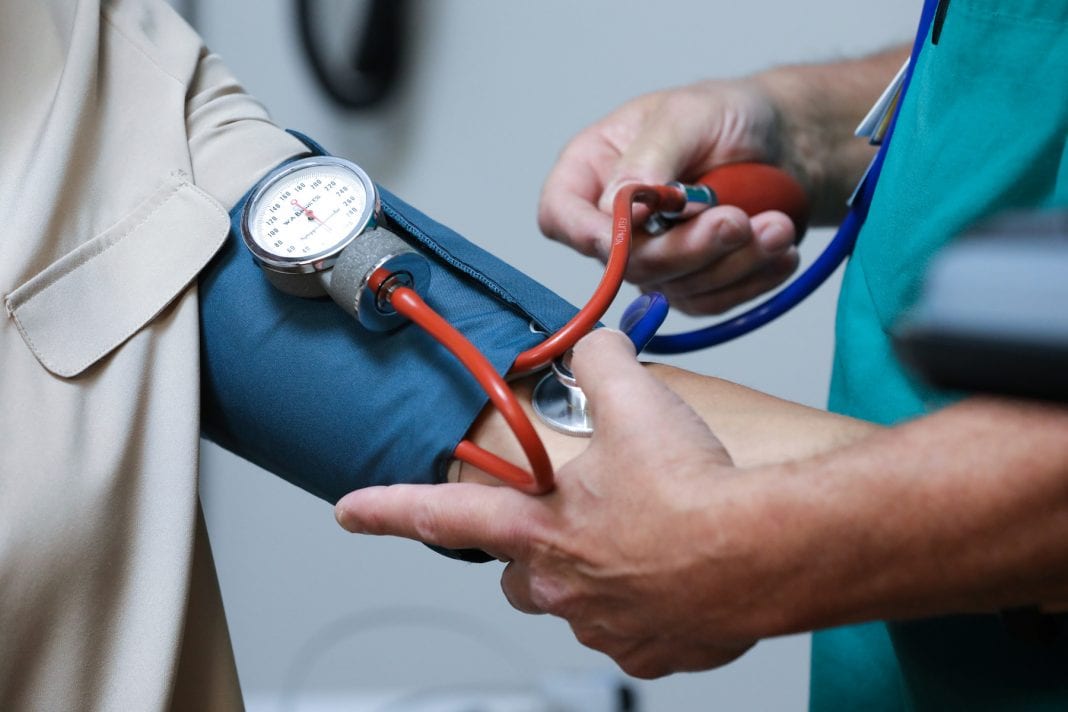Under new guidelines for hypertension, almost half of the population of the United States are considered to have high blood pressure. The largest number of people affected are under age 45.
The American Heart Association has recently lowered the definition of which blood pressure readings are considered at hypertension levels.
New blood pressure guidelines state that 120/80 or less is in a normal blood pressure range, 120-129/80 is considered elevated, 130-139/80-89 is stage one hypertension and 140/90 is stage two hypertension.

The good news is that it is very possible to lower your blood pressure on your own through diet and exercise. “About 50% of the time people can lower their blood pressure without medications,” says Dawn Hutchison, DO, an Internist at PeaceHealth. “The challenge is people’s willingness to make changes.”
If patients aren’t able to change their lifestyle under the new guidelines when people have a blood pressure reading of 130/80, then they should discuss starting a medication with their clinician. “It’s very common for people to be treated with one, two or three medications before their blood pressure is controlled,” says Hutchison.
The Move Your Way Activity Planner on health.gov shows how easy it is to get the recommended amount of weekly exercise needed to lower your risk of high blood pressure. Everything from yard work to hiking is considered exercise, there’s guaranteed to be an activity that you enjoy that’s good for your body.
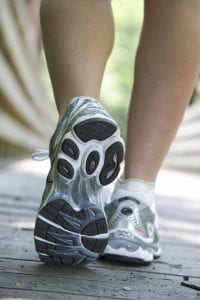
“The recommendation is to get 40 minutes of exercise 3-4 days per week to help lower blood pressure numbers and that can include light housework such as vacuuming, vigorous cleaning, walking, running, jogging, biking, anything that helps to get the heart rate up,” says Hutchison
“I tell my patients to exercise to the point where it would be a little bit hard to carry on a conversation,” she says.
Hutchison works to lower her patients’ blood pressure without the use of medication. One day “a patient came in with a headache, shortness of breath, not feeling quite right, under a lot of stress and their blood pressure was 150/90,” says Hutchison.
She put the patient on a DASH diet, which stands for dietary approaches to stop hypertension. The DASH diet focuses on lowering sodium intake, eating a variety of foods rich in vitamins and practicing portion control. “It’s a diet that focuses on fruits, vegetables, meats, low-fat foods, and minimizing sugars,” says Hutchison.

Sodium is a major offender when it comes to high blood pressure and is often snuck into processed foods in large quantities, Hutchinson encourages her patients to read labels and lower their sodium intake to under two grams per day. “If people can minimize the number of packages they’re getting their food from, it’ll greatly help,” she says.
The patient changed his diet, began to exercise, and lost 20 pounds. “When he came in to follow up with me a couple months later, he felt better, was more energetic, wasn’t having headaches or shortness of breath, and his blood pressure was 126/80,” Hutchison says. He decreased his blood pressure significantly through diet and exercise, without medication.
Hutchison recommends drinking plenty of water, at least 40 oz per day. Avoid caffeine as much as possible, one to two cups of coffee a day only. Limiting alcohol intake is also important; to stay in the safe zone, men can drink two alcoholic drinks daily and women can drink one.
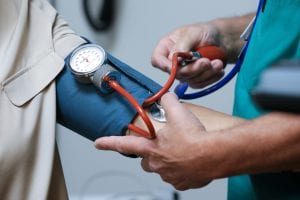
These preventative measures not only address high blood pressure, but also help with stress, diabetes, high cholesterol, obesity, injury prevention, joint pain management and arthritis.
Muscle strengthening, like lifting free weights, leg lifts, squats, crunches, core exercise, circuit training, yoga and Pilates are all good cardio activities that help with the health of muscles, bones, heart and lungs as well as to promote relaxation, stress reduction and quality sleep.
“Within the last 10 years I’ve seen people wanting to be healthier, really focusing on improving their diet, eliminating processed foods, eating more whole foods, and realizing the importance of regular exercise in general,” says Hutchison.
On the flipside, “I’ve seen a trend of blood pressures getting higher in younger people in their 30’s and 40’s and most of the time it’s related to environmental factors, like stress, anxiety, what they’re putting into their body. There’s great opportunity to teach and coach people on what they can do to help themselves.”
If blood pressure isn’t addressed when it becomes an issue, people have double the risk of heart attacks, one and a half times the risk of stroke and kidney disease. If patients “aren’t willing to take care of themselves, even with medication, generally it will affect their heart, brain or kidneys,” says Hutchison.
If you have questions about your blood pressure, hypertension resources and fact sheets are available through PeaceHealth, healthcare.gov, The American Heart Association, and the Center for Disease Control.
Sponsored






